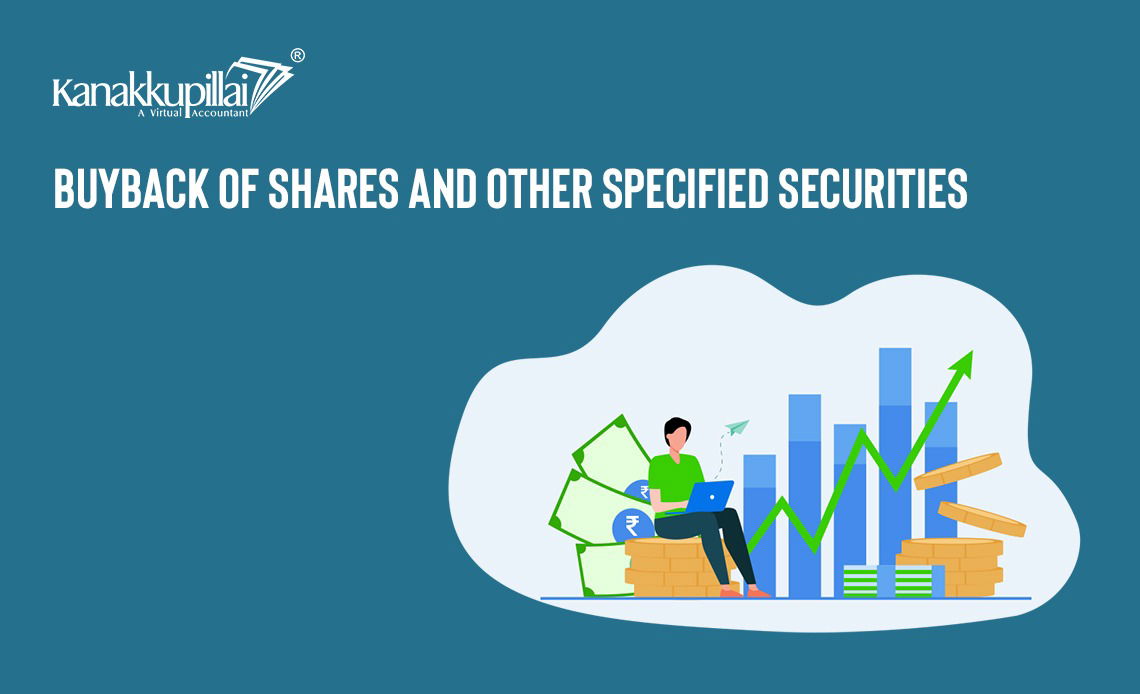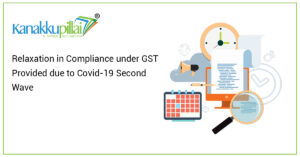![]()
A buyback of shares, generally called a share buyback, happens when a company purchases its portions from the public market. A company needs to put resources into itself, resulting in a decrease in the general number of offers accessible for exchanging, which can assist investors with esteeming. This action can boost the portion of shares owned by existing investors. Companies have various motives for doing buybacks.
They should improve the worth of the leftover offers by restricting the stock, or they could expect to keep different investors from acquiring a lot of control. Buyback can be characterised as repurchasing of its securities by the company. The primary goal of buyback by organisations is to utilise the idle cash lying with them and, at last, further develop the earnings per share.
Some of the reasons why a company should consider buyback are:
- It helps the promoters to consolidate their shares.
- Buyback is a tax-effective means of rewarding the shareholders.
- It improves the earnings per share of the company.
- It also gives confidence to the shareholders at the time of reduction in prices.
What is Buyback Of Shares & Securities?
Share or stock buyback is the training where organisations buy their shares from their existing shareholders through a tender offer or an open market. In such a situation, the price of the shares concerned is higher than the prevailing market price.
When companies opt for the open market mechanism to repurchase shares, they can do so through the secondary market. On the other hand, those who choose the tender offer can avail the same by submitting or tendering a portion of their shares within a given period. Alternatively, it can be considered a means to reward existing shareholders other than offering timely dividends.
Methods Of Buyback
- On a proportionate basis: The company buys back its shares from the existing shareholders or other indicated securities holders on a proportionate basis through the tender offer. The qualification of every investor to sell back is not entirely set in stone by the number of offers they currently hold in the company.
- From the open market: Companies may buy back shares from the open market. This involves purchasing shares through stock exchanges like any other investor. Open market buybacks offer flexibility and may be used when the company wants to acquire shares without specific regard to the proportionate ownership of existing shareholders.
- By purchasing the securities issued to company employees: This includes repurchasing securities initially given to workers under Employee Stock Option Plans or as a feature of sweat equity arrangements. Organisations utilise this strategy to get shares held by representatives, lining up with their pay designs and holding ability. It helps in controlling the dilution of ownership due to employee equity programs.
Modes Of Buyback
A company can buy back its shares and other specified securities out of:
- Its free reserves: One of the primary sources for a company to conduct a buyback is its free reserves. These reserves are accumulated profits and earnings that have not been distributed as dividends or utilised for other purposes.
- The securities premium account: The securities premium account is another legitimate source for buyback activities. This account is typically funded by premiums from issuing shares at prices exceeding their face value. Using these funds for buybacks can help companies manage their capital structure.
- The proceeds of the issue of any shares or other specified securities: Companies can likewise fund buybacks utilising the returns from issuing shares or other indicated securities. This gives a roundabout progression of capital inside the organisation and can be a strategic approach to keeping up with command over the company’s possession structure.
Considering that no buyback of any shares or other decided securities will be produced using the profits of a past issue of comparative sorts of offers or similar kinds of other determined protections,
Conditions For Buyback Of Shares
The essential conditions for the buyback of shares are:
- Authorisation in AOA: The company’s Articles of Association should explicitly approve share buybacks. Without such an arrangement, the AOA should be revised to incorporate the essential authorisation.
- Limits of Buyback: By Board Resolution: The Company can buy back shares up to 10% or less of the total paid-up equity capital and free reserves through a Board Resolution. By Special Resolution: Buyback of shares exceeding 10% but up to 25% of the aggregate of paid-up capital (both equity and preference) and free reserves requires approval through a Special Resolution. The explanatory statement for the Special Resolution should include the points specified in Section 68(3) of the Companies Act 2013 and Rule 17(1) of the Companies (Share Capital and Debentures) Rules 2014.
- Debt Equity Ratio: The post-buyback obligation value proportion of the organisation can’t surpass 2:1. This arrangement guarantees that the company keeps a healthy relationship between obligation and value after the buyback.
- Fully Paid-Up Shares: Only the company can buy back paid-up shares in a financial year.
- Cooling Period: No offer of buyback can be made within one year from the date of closure of the preceding offer of buyback. This cooling-off period prevents frequent and consecutive buybacks.
- Completion Period: Every buyback, whether through a Special or Board Resolution, must be completed within one year from the resolution’s passing date.
- Restriction on Issuing Similar Shares: Following the completion of a buyback, the company cannot issue the same kind of shares, including right issues, within 6 months, except for bonus issues or the discharge of subsisting obligations like conversion of warrants or stock option schemes, sweat equity, or the conversion of preference shares or debentures.
- Withdrawal of Offer: Once an offer of buyback is announced to the shareholders, it cannot be withdrawn. This rule ensures the commitment and fairness of the buyback process.
- Basis of Buyback Price: The estimation of the buyback cost should be founded on either audited accounts not over a half year old from the date of the offer document or unaudited accounts not more established than a half year from the proposition report, dependent upon a restricted survey by the company’s auditor. This guarantees that the buyback cost is resolved using ongoing and accurate financial data.
The procedure of Buyback in Open Offer
- After the offer letter is submitted to ROC in form SH-8, within 20 days, the offer letter must be dispatched to all equity shareholders.
- The offer period will be a minimum of 15 days & a maximum of 30 days from the date of dispatch of an offer letter. However, the offer period can be less than 15 days if all the members agree.
- During the offer period, shareholders interested in buyback will surrender their shares.
- After the offer period closes, the company shall comply with the following
The company must deposit the entire buyback amount in a separate account called Escrow A/C.
Verification must be completed within 15 days from the closure of the open offer, and payment must be made within 7 days after verification.
Within 21 days of closure of open offer communication to the shareholders whose buyback is rejected and return their share certificate.
Conclusion
We hope our article “Buyback of Shares and Other Specific Securities” was informative and valuable, as it is provided in a simple way that can be understood. Also, we provide the information that meets your expectations, and we provide all this information for your guidance to enhance the reputation with the help of our experts —contact www.kanakkuppilai.com executives for further requirements.





